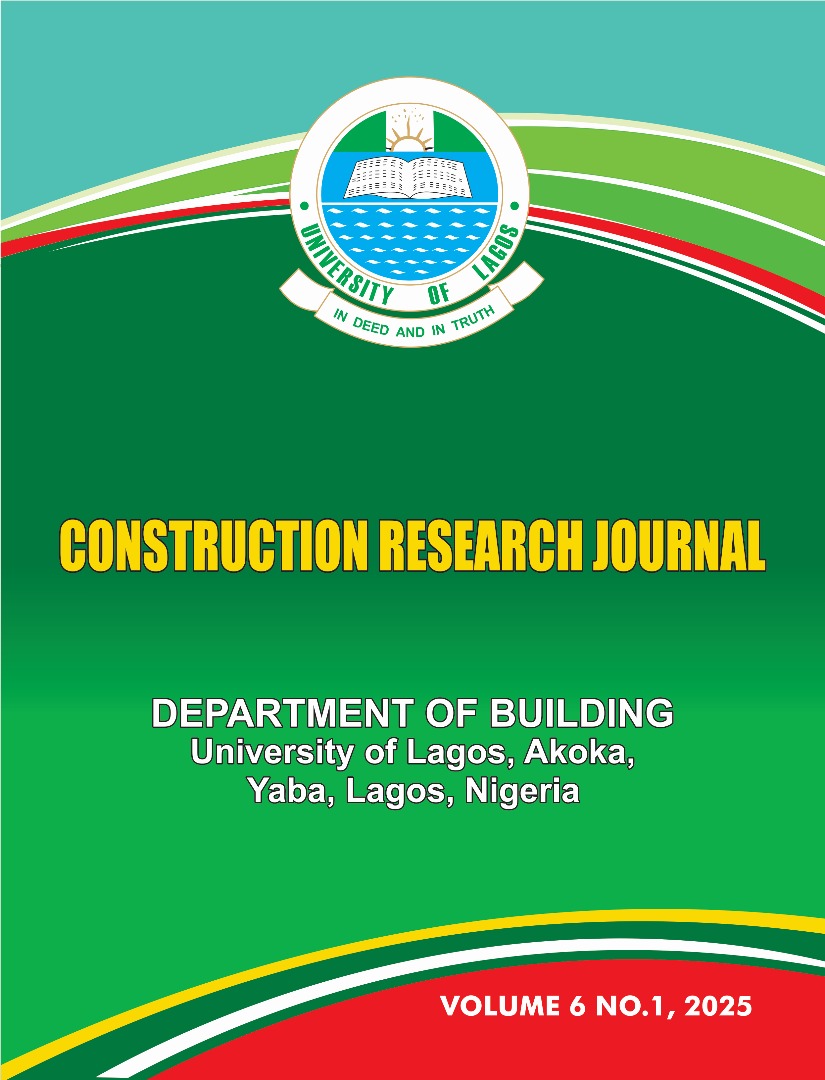VIABILITY OF COMBINING WATER REDUCING ADMIXTURES AND WATERPROOFING ADMIXTURES IN CONCRETE
Abstract
Purpose
This research aimed to investigate the effect of incorporating two admixtures, Costamix-R200 (a water-reducing admixture) and Hydropruf-WP-300 (a waterproofing admixture), into concrete mixes to optimize performance and mitigate the impact of imbalanced water content on concrete’s mechanical properties.
Methodology
A full factorial experimental design was implemented, including tests to determine the concrete’s strength, workability, and water absorption properties. Four mix designs were analyzed: a control mix (Mix 1) and three variations with the admixtures (Mix 2, 3, and 4), all using a 1:2:4 mix ratio and a 0.55 water-cement ratio.
Findings
The control mix (Mix 1) met ACI 318 requirements for M15 concrete, achieving a compressive strength of 21.0 N/mm² at 28 days. Mix 2, with Hydropruf-WP-300, showed a strength of 16.0 N/mm², while Mix 3, with Costamix-R200, reached 17.0 N/mm² at 28 days. The highest strength, 23.1 N/mm², was observed in Mix 4, which incorporated both admixtures. Additionally, higher density was correlated with increased compressive strength.
Practical implications
The study offers valuable guidance for the judicious use of water-reducing and waterproofing admixtures in concrete mixes, providing insights into their role in optimizing strength, durability, and workability for various construction applications.
Originality/value
This research contributes novel findings on the synergistic effects of combining water-reducing and waterproofing admixtures to improve concrete properties, offering practical recommendations for enhancing concrete performance in construction.


